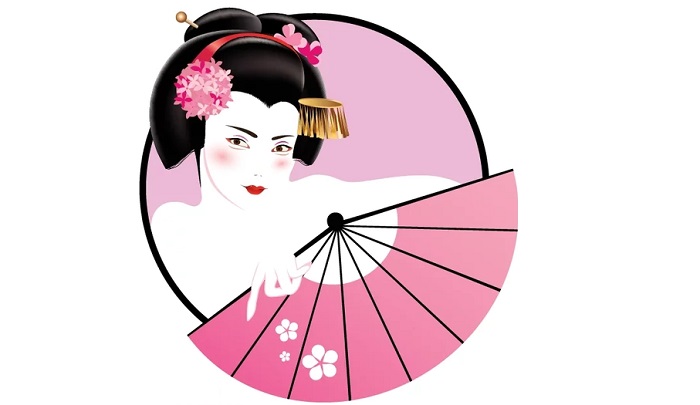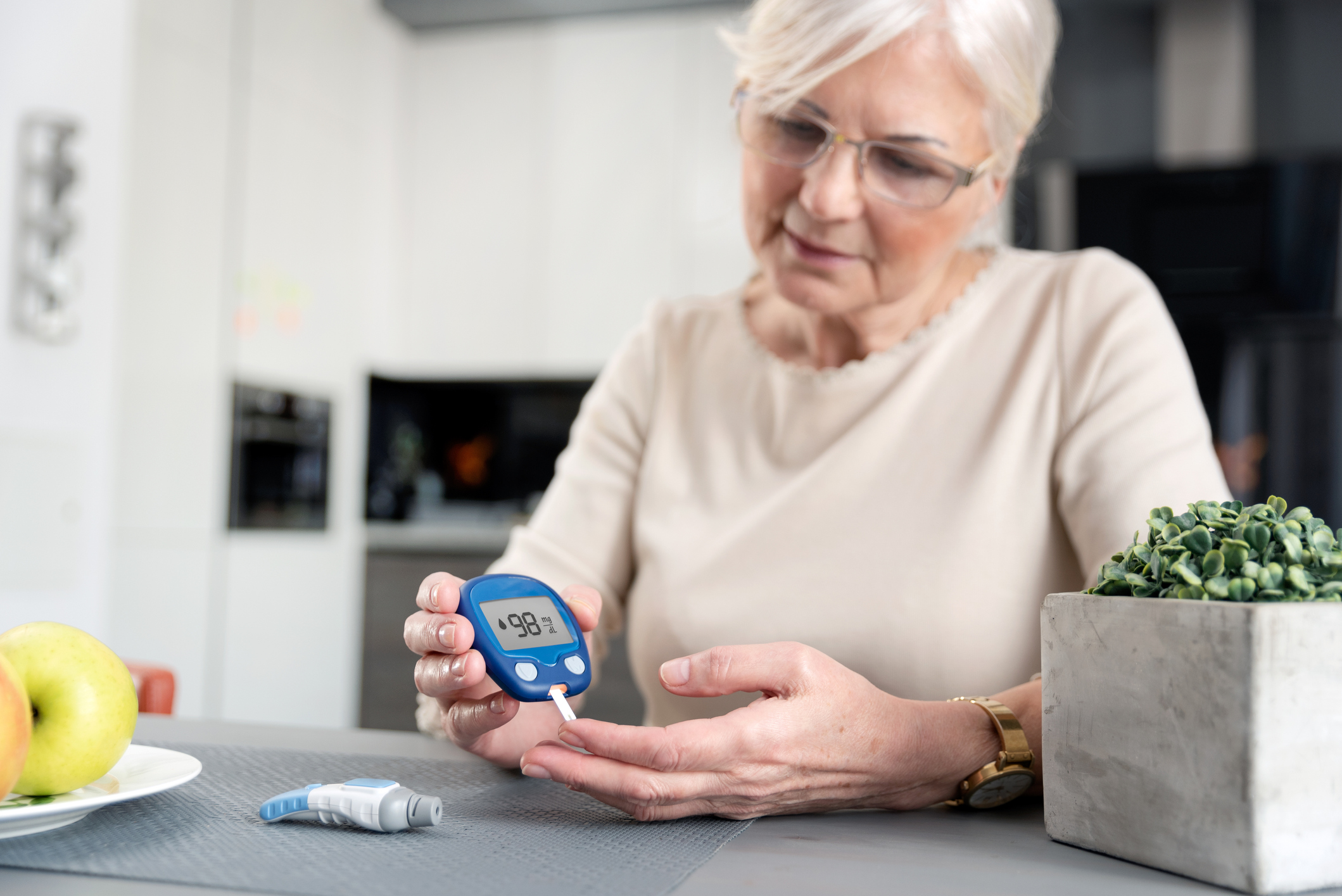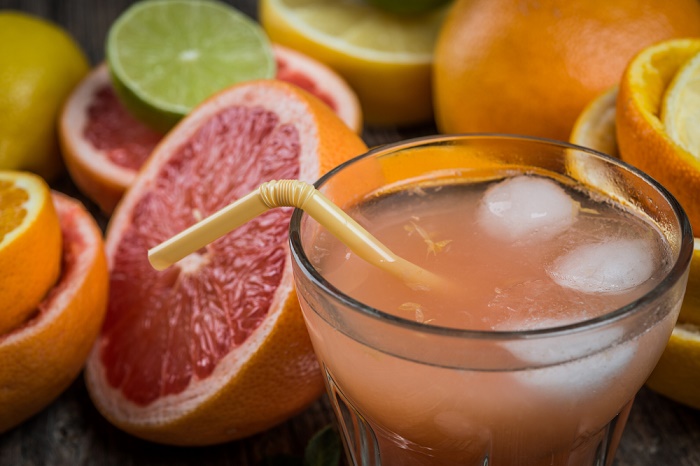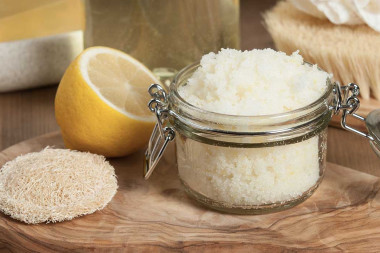A woman’s perception of her body is deeply intertwined with her sense of confidence and self-esteem. For many, achieving a fuller and firmer bust is a goal that transcends mere aesthetics. While surgical options exist, there is a growing interest in natural methods to enhance breast size. This blog post explores various approaches to achieve bigger breasts without resorting to surgery.
What Causes Small Breast
Breast size can vary widely among individuals, and factors contributing to smaller breast size can be multifaceted and complex. It’s important to note that breast size is largely influenced by genetics, hormonal factors, and overall health. Here are some key factors that can contribute to smaller breast size:
- Genetics: Genetics play a significant role in determining breast size. If your biological parents and close relatives have smaller breasts, there is a higher likelihood that you may inherit a similar breast size. The genes passed down from one generation to another influence the development of breast tissue and overall body composition.
- Hormonal Factors: Hormones, particularly estrogen and progesterone, play a crucial role in breast development. During puberty, the surge in estrogen promotes the growth of glandular and connective tissue in the breasts. Factors such as hormonal imbalances, early menopause, or certain medical conditions that affect hormone levels can impact breast size.
- Age and Hormonal Changes: Age-related changes, especially during menopause, can lead to a decrease in estrogen levels. As estrogen is a key hormone for breast development, a decline in its levels can result in changes such as decreased breast density and size.
- Body Weight: Body weight can influence breast size, as breasts are composed of glandular and fatty tissue. Women with lower body fat may have smaller breasts, as adipose tissue contributes to breast volume. Conversely, significant weight gain or loss can also affect breast size.
- Pregnancy and Breastfeeding: Pregnancy triggers hormonal changes that prepare the body for breastfeeding. During this time, the breasts undergo changes, including increased size and fullness. After breastfeeding, some women may experience a reduction in breast size due to changes in glandular tissue and fat composition.
- Nutritional Factors: Proper nutrition is essential for overall health, including breast development. Malnutrition or deficiencies in certain nutrients during critical developmental stages, such as puberty, can potentially impact breast size. However, it’s important to note that a balanced diet alone may not drastically alter breast size in adulthood.
- Medical Conditions: Certain medical conditions or hormonal disorders can affect breast development and size. Conditions such as Turner syndrome, hormonal imbalances (e.g., polycystic ovary syndrome), and thyroid disorders may influence breast size.
- Lifestyle Choices: Lifestyle factors such as smoking and excessive alcohol consumption can impact overall health, including breast health. Smoking, for example, has been associated with a reduction in skin elasticity, which may affect the appearance of the breasts.






